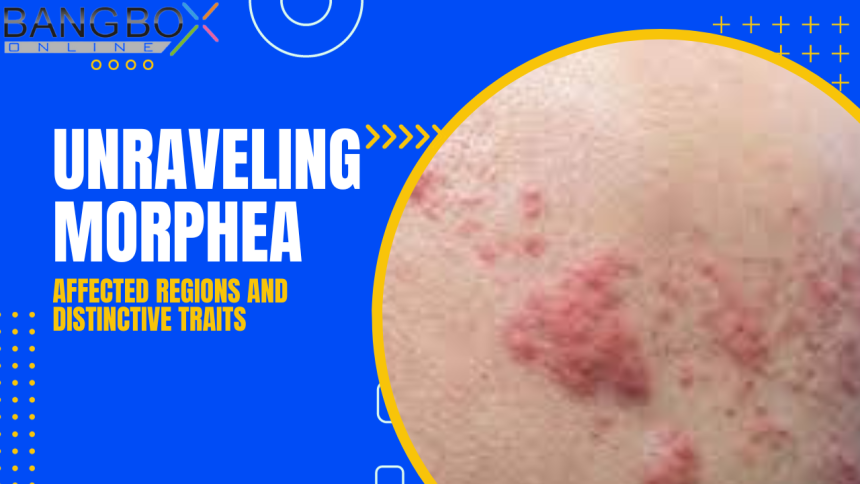
Unraveling Morphea: Affected Regions and Distinctive Traits
Our skin gives us plenty of information about our health. Being the largest organ of our body, it has the maximum exposure to the outside world. You might be observing some color changes or hardening of the skin and neglecting it. Despite you should be concerned about it and look carefully if these are signs of morphea. Now the question arose how can we decide it? For this purpose you must have a complete understanding of what morphea is, what body parts it affects and what are its distinctive traits. So, let’s not delay it anymore and get started to know all about morphea.Our skin gives us plenty of information about our health. Being the largest organ of our body, it has the maximum exposure to the outside world. You might be observing some color changes or hardening of the skin and neglecting it. Despite you should be concerned about it and look carefully if these are signs of morphea. Now the question arose how can we decide it? For this purpose you must have a complete understanding of what morphea is, what body parts it affects and what are its distinctive traits. So, let’s not delay it anymore and get started to know all about morphea.
2024-01-10 23:35:05 - Laiba Rafiq
What is Morphea?
Morphea is a rare skin condition where certain areas of your skin become hard and change color. It goes deeper than just the surface of your skin, affecting the tissues underneath. It's important to know which parts of the body are usually affected by morphea and understand its special features so that doctors can identify it correctly and find the best way to treat it.
Commonly Affected Areas by Morphea:
· Trunk:
Morphea frequently manifests on the trunk, encompassing the chest and abdomen. Circular or oval-shaped patches, varying in size and hue, may emerge on this region.
· Limbs:
The limbs, including the arms and legs, can fall prey to morphea's influence. Patches may surface on the skin or delve deeper, affecting underlying tissues.
· Face:
Although less prevalent, morphea can extend its impact to the face, resulting in patches of hardened and discolored skin. Facial features such as the forehead or cheeks may be affected in some instances.
· Neck:
The neck stands as another area susceptible to the development of morphea patches, characterized by skin thickening and hardening.
· Joints and Muscles:
In certain cases, morphea can infiltrate the joints and underlying muscles, culminating in stiffness and restricted range of motion—an aspect referred to as deep morphea or morphea profunda.
Distinctive Features of Morphea:
· Localized Patches:
Morphea is distinguished by confined patches of skin that undergo hardening and discoloration. These patches may exhibit shades of red, purple, or ivory.
· Shiny Appearance:
The affected skin often takes on a shiny or waxy appearance due to the thickening and tightening of the underlying tissues.
· Borders and Shape:
Morphea patches typically boast well-defined borders, assuming circular or oval shapes. The borders may manifest as raised or slightly indented.
· Variability in Color:
Morphea patches display a spectrum of colors, with some areas being hyperpigmented (darker than the surrounding skin) and others hypopigmented (lighter than the surrounding skin).
· Limited Hair Growth:
Hair loss within or around morphea patches is common, resulting in limited hair growth in the affected areas.
· Sensation Changes:
Morphea may induce changes in sensation, including sensations of itching or discomfort in the affected regions.
· Underlying Tissue Involvement:
Morphea's impact transcends the skin's surface, affecting underlying tissues, muscles, and joints. This can lead to functional constraints and joint stiffness.
It's really important to know that morphea can show up in different ways, and how bad it is can be different for each person. Getting an early diagnosis and talking to the best skin specialist, like Prof Dr Ikram Ullah Khan, is very important to manage it well and avoid any problems that could come with morphea. There is no need to panic about it. Science and technology are advanced enough to help you gain your confidence and glowing skin back.
